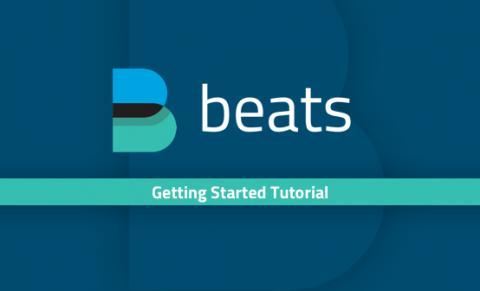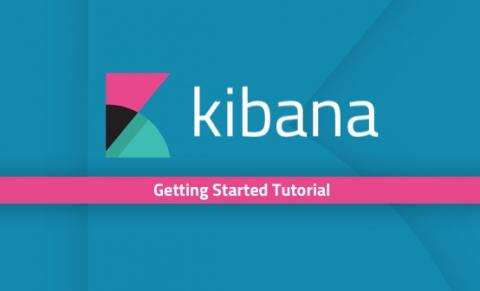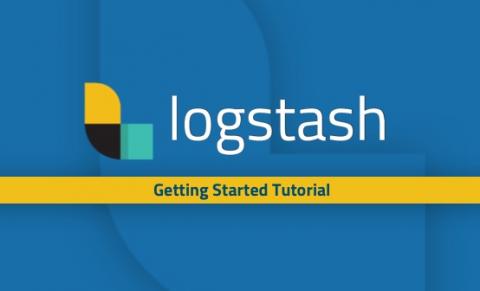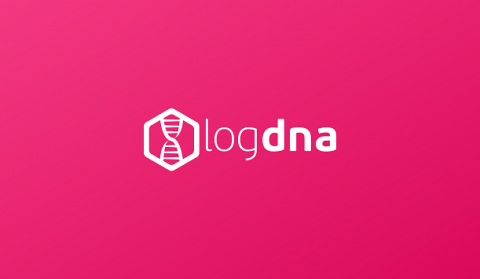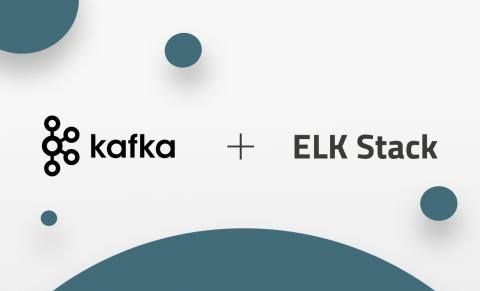A Beats Tutorial: Getting Started
The ELK Stack, which traditionally consisted of three main components — Elasticsearch, Logstash and Kibana, has long departed from this composition and can now also be used in conjunction with a fourth element called “Beats” — a family of log shippers for different use cases. It is this departure that has led to the stack being renamed as the Elastic Stack.


